I can actually remember the first time I saw a Honda Dream. It was a cold, wet, late afternoon and autumn had come early to my bit of industrial England. I was cycling home from high school and the water trickled down the back of my plastic cape, past the collar of my blazer and onto my back. It was raining quite hard, but only girls used buses and I would have rather committed ritual suicide than have my parents collect me from school in a car – a fact vastly aided by the fact that they didn’t have a car in which I could have been collected! It wasn’t the best journey home, but my day was about to brighten up tremendously.
I pulled up in the center of town at the stoplights and alongside me came a blue Honda Dream 250. I almost fell off my cycle laughing. What an utter mess of a motorcycle. Immense mudguards, leading link suspension, silly square dampers and bright red saddle made the new Honda very distinctive. This wasn’t so much a motorcycle but some foreign joke imitation of a bike.

Everyone in my peer group knew what motorcycles were and how they should look. They had big engines that snarled braaahhhhhh, braaahhhhhh, braaahhhhhh as their riders blipped the throttles at stop lights. There was the sweet aroma of hot oil from leaking engines, and the handlebars carried a plethora of controls for the manually-controlled ignition and fuel. They were men’s bikes for men and that’s how bikes had always been – and always would be.
But at 11 years old, and still unstirred by the angst of puberty, we were old before our time – brown, curled leaves on the torrent of history and about to be swept away into the past.
By contrast, the Honda was now and today. It didn’t look much like a bike and it certainly didn’t sound like one – if it made any noise at all. At a standstill, the 250cc overhead camshaft engine emitted merely a sibilant rustle from the twin exhaust pipes and whispered to us that this was the future of motorcycling, not the jingoistic past in which we still lived.
So, let’s have a closer look at this quite remarkable motorcycle – and kill a few myths along the way.
History is currently being rewritten somewhat in that there is now a popular view that Honda motorcycles first launched following Soichiro Honda’s visit to the Isle of Man in 1958. The story goes that Honda simply lifted large tracts of engineering from NSU – including the overhead cam engines, leading link forks and pressed steel frame. In fact, nothing could be further from the truth.
Honda were mass producing piston rings, one of the most demanding and complex items on an engine, before the end of the Second World War. The joint attentions of the American XXI Bomber Command’s B-29s, plus a major earthquake, brought an end to this business.
Mr. Honda hardly lacked ambition, and from the ruins of the piston ring factory he set up the Honda Technical Research Institute in October 1946. Almost immediately afterwards he went into business fitting 1 hp, ex-Army two-stroke engines into bicycle frames as his contribution to getting the Japanese moving again after the tragedy of the war.
By 1952, Honda was on its way – producing its own, three-valve, 146cc single-cylinder engine. And by 1957, Honda was, by some margin, the largest motorcycle manufacturer in Japan thanks to doing the little things well. Battles are rarely won by individual feats of brilliance and bravery. Rather, victory comes from supplying the troops with food every day and boots so that they can march into battle.
Through its brilliant logistics and sales manager, Takeo Fujisawa, Honda established a strong network of dealers and then supplied them with bikes to sell and spares to support those sales. The problem was that Honda became too good and saturated the highly protected Japanese market. Now, Mr. Honda had to look outside his home islands and conquer the world.
The first part of his vision was to make a new type of motorcycle. Not new in terms of engineering innovation, because Honda was quite conservative in its designs, but groundbreaking in the way the engineering was executed.
Honda intended to make high-revving, high-powered motorcycles that didn’t break – and this was a truly radical approach.
Honda had a number of advantages over British and European manufacturers, and the most important of these was scale of production. An iconic brand like Norton produced 200 bikes a week, at best. By contrast, Honda claimed to be making 650,000 units a year in 1960, accounting for 44% of the whole Japanese market. Honda went on to say that they were confident of taking 50% of their total home market in 1961.
The figures were staggering and terrifying for the British; 12,500 Hondas rolled out of the factory during the same period as Norton produced a couple of hundred bikes.
There was an immense range of benefits from this huge production. First, Honda was able to invest in the best possible machine tools. Where British factories were scraping by with highly skilled craftsmen compensating for worn out lathes and milling machines by use of artisan trade skills, Honda simply made its own machine tools and constantly replaced and improved them. Interestingly, Honda used German tolerance gauges to ensure that their tooling was the best that could be manufactured.
The result was engines that revved at racing speeds but were also utterly reliable. Soichiro Honda was very sensitive regarding this subject, so I would like to quote his comments at length as they are recorded in Honda’s official history.
“We put our emphasis on higher engine power. However, Honda increases power by raising engine revolutions, so some people seem to be criticizing our engines for being short-lived.
“Manufacturers that think this way might not get very long engine life themselves. If the engineering design is poor and precision is low, then the resulting friction will eat up power, so the efficiency is also low. If you try to force higher revolutions on an engine like that, it’s bound to break down. But it would be wrong of them to say that, just because our engines would break down, Honda’s must break down too.
“If Honda engines are so bad, then nobody would be buying them, but the fact is, they are selling very well. Those manufacturers are using their own level of technology as a yardstick for measuring ours.
“They should stop that kind of petty behavior and confess honestly that they aren’t able to do what we can do. Only then will they get to the point of realizing that they had better raise their own level of engineering.
“All they know how to do is suspiciously figure that a four-stroke Twin can’t possibly be sold at that low a price, so there must be shoddy work inside it somewhere. People like that aren’t experts in the field. When you come down to it, sham expertise is engineering’s great enemy.”
With huge production runs came the opportunity to make tooling for both steel pressings and polythene moldings. Dies for steel pressings are hugely expensive and their costs can only be amortized through high production. Honda had this and the European manufacturers didn’t. A beautiful, hand-beaten aluminum/magnesium alloy gas tank is a piece of motorcycling art – but it’s a waste of time and effort if you want to make 10,000 units.
So, in addition to the normal pressed steel items that would be expected to be found on a motorcycle, such as the fuel tank and mudguards, Honda could make the whole frame from pressings along with the front forks too, if this was felt necessary. The technique was known, and mastered, by European manufacturers such as Ariel and NSU, but neither had the scale of production to use the technique properly.
Now we arrive at the start of the Honda Dream story. To recap: First, Honda needs to export because it has saturated its home market. Second, the bikes are well made but conservatively engineered. Finally, it has the economy of scale to employ any manufacturing technique it feels is appropriate.
The C70 was the child born at this historic crossroads. First, it had a twin-cylinder engine – difficult and expensive to manufacture but capable of producing a lot more power than a single-cylinder motor while being vastly smoother. Honda’s engine was a neat, single-overhead-cam, four-speed, unit construction engine. Nothing very radical in terms of engineering but a solid example of good practice made to tolerances the European manufacturers could only dream of – and companies like Harley-Davidson and Indian didn’t even bother wasting energy on a dream!
The new Twin produced 18 horsepower at a truly astonishing 7,400 rpm and was good for a real-world 80 mph. On paper, this was no better than BSA’s C.15SS. The huge difference was that while a C.15SS would run up to 80 mph, you needed a stop watch to calculate how long it would be before the motor exploded.
By contrast, the Honda’s 80 mph translated into a genuine 70 mph cruising speed – all day long, every day, seven days a week. The only weakness of the engine, if it can be described as such, is that the powerplant and the transmission shared oil, so regular changes of lubricant were essential. Given fresh oil, the new Honda engine would run forever.
The new engine was also clever in another way. It was simple to maintain and just as simple to fix. Hondas were being sold to dealers who did not have a lifetime’s experience of adjusting clearances with shims and measuring tolerances with a micrometer. The tappets on the single overhead cam engine could be adjusted at the side of the road, as could the points ignition – except that neither ever needed tuning.
The Dream engine was no eight-cylinder Moto Guzzi, but it was a masterpiece of production engineering and showed Honda’s genius in terms of understanding what its customers wanted.
The rest of the bike was just as clever. The mudguards did function effectively, keeping the rider clean, and the fully enclosed rear chain ran silently, obviating the need for adjustment even in extended use. In every respect, the Dream was far more a two-wheeled car than a traditional motorcycle.
The styling of the new Honda did look odd but, again, there is an explanation for this. Soichiro Honda carried an immense sense of national pride and he felt that when he was exporting Hondas he was also selling Japan. The weight of this responsibility bore heavily on him.
Mr. Honda took 10 days away from work to visit temples in the ancient capital cities of Nara and Kyoto to absorb Buddhist philosophical and artistic influences. As a result of his observations and meditations he said:
“I designed the lines on the side of the Dream C70 gas tank with a picture in my mind of the curve from the eyebrow to the nose on a figure of the Buddha.”
The whole bike was very much his, a Honda and a Japanese interpretation of what a serious motorcycle should look like.
On June 11, 1959, Honda entered the American market with a tiny shop, six employees and a vision of how motorcycles should be sold to customers in the U.S. Mr. Honda told employees: “Make it (the motorcycle) something that fits in your hand!”
Taisuke Mori, a young Honda designer at the time, was initially perplexed about the comment.
“At first I didn’t understand what he meant. After a while, I figured out that what he meant was, he wanted to make motorcycles an intimate presence in people’s lives, something that anyone could use without fuss or worry. In other words, this was making motorcycles into personal tools, universalizing them. Make them like the tools you use with your hands.”
This was in total contrast to the European view of motorcycles, which were complex and demanding mechanical art forms demanding empathy, not to say sympathy, with them in order to function.
Honda’s view was that if you didn’t need to empathize with your TV, fridge or washing machine, why should your motorcycle be any different?
So yes, we hardcore bike junkies – albeit baby ones – did sneer at the strange looking Honda and its whispering exhaust – but we were wrong.
For a start, or should it be at the beginning of the starting process, the Honda was light years different from a British bike. Flick the choke down and a couple of kicks would have the Dream running. The only fault, if it may be described as such, was that the Honda tended to run lean and so it took a minute or so to warm up on a cool day.
Of course, on a BSA you could juggle the mixture and ignition manually and this obviously caused a huge increase in the size of your man bits. The difference was that anyone could start a Honda – and every time too.
By the standards of the day, the Dream was a revvy thing. Where the little Honda would be happy all day long at 7,000 rpm, a BSA or Matchless would happily self-destruct at not much more than half this rpm.
The four-speed gearbox was fine, if a little notchy, and the clutch was light. Given five minutes, which was all the new American riders had to master the art of motorcycling – and then only on a very good day and with a particularly supportive dealer – the ‘box was foolproof and indestructible.The electrics were also a revelation by British standards. In short, they worked. Not only did they reliably provide sparks for the engine, but the lights actually operated at night when you switched them on. Riders coming from Lucas electrics couldn’t believe this was happening. Non-motorcyclists were amazed that anyone should be surprised that motorcycle lights wouldn’t work. It was about the same as being incredulous that your fridge actually provided a cool temperature. It was a fridge; why wouldn’t it be cool?
When I finally got to ride a Dream as a teenager, I could make the two independent arms of the leading link forks flex so badly that the wheel actually began to adopt a crab-like angle of attack in the corner.
But here was the interesting thing. Dream owners never realized that their bikes didn’t steer and handle, for the simple reason that they never rode them like motorcycles. On the contrary, the soft suspension gave a plush ride as the proud new owner cruised down the highway admiring the scenery.
These Honda owners weren't patch-wearing badasses or – nearly as terrible – flat track or pavement racing fans; they were part of a brand new market sector – the non-motorcycling motorcyclist. Truly, as Honda’s iconic ad said: “You meet the nicest people on a Honda.”
So this brings us to the part of these stories I always enjoy writing: With all its manifold virtues, would I own a Dream? The answer is simple and unequivocal – no. It’s no because I was not, and never will be, part of the Honda Dream world where everyone smiles and the sun always shines.
I do want my classic bikes to go braaahhhhhh, braaahhhhhh, braaahhhhhh, and I do want to look down smugly on the lesser folks who can’t find top dead center, and just ease the piston over compression by feel so that one long swing and a gnat’s eyelash of throttle brings the coarse, vulgar, bare-knuckle fighter of a British sporting Single to life. I can do all of this, so why would I want a two-wheeled car?
You could, justifiably, argue that I am part of a Dinosaur minority except that the sales figures would prove you wrong. There are plenty of stunning quality Honda Dreams for sale at $6,000 – which is hardly more than a dreadful British bike like a BSA Bantam or James Captain. If you are, or aspire to be, a Dream rider, this is one heck of a motorcycle for the price – even if it doesn’t snarl


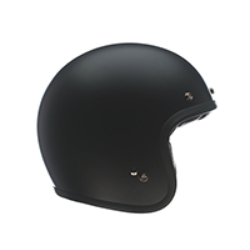

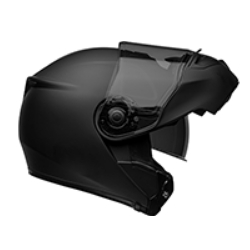

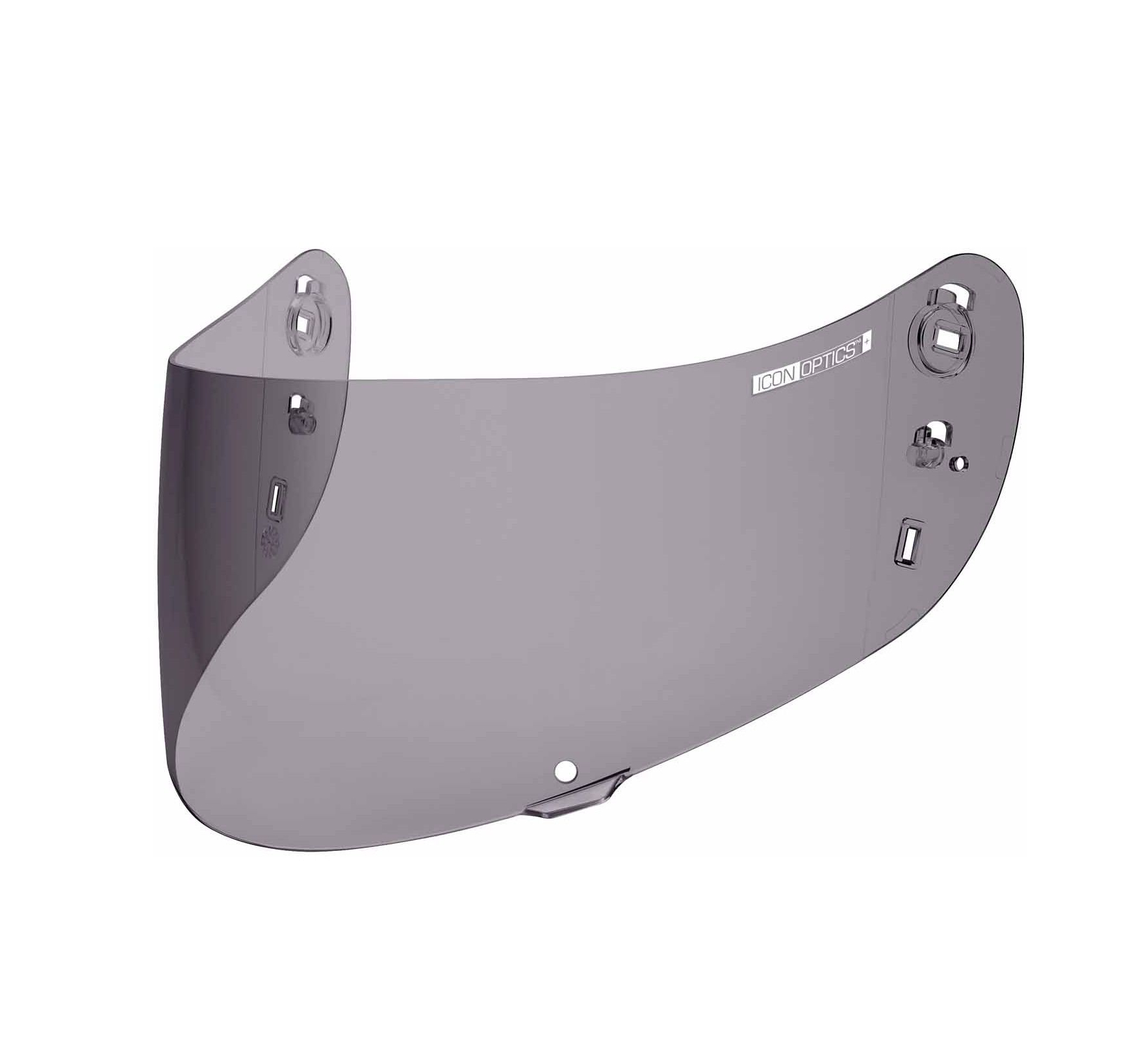
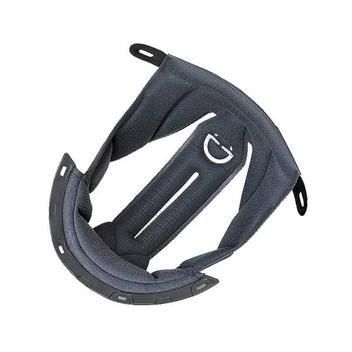
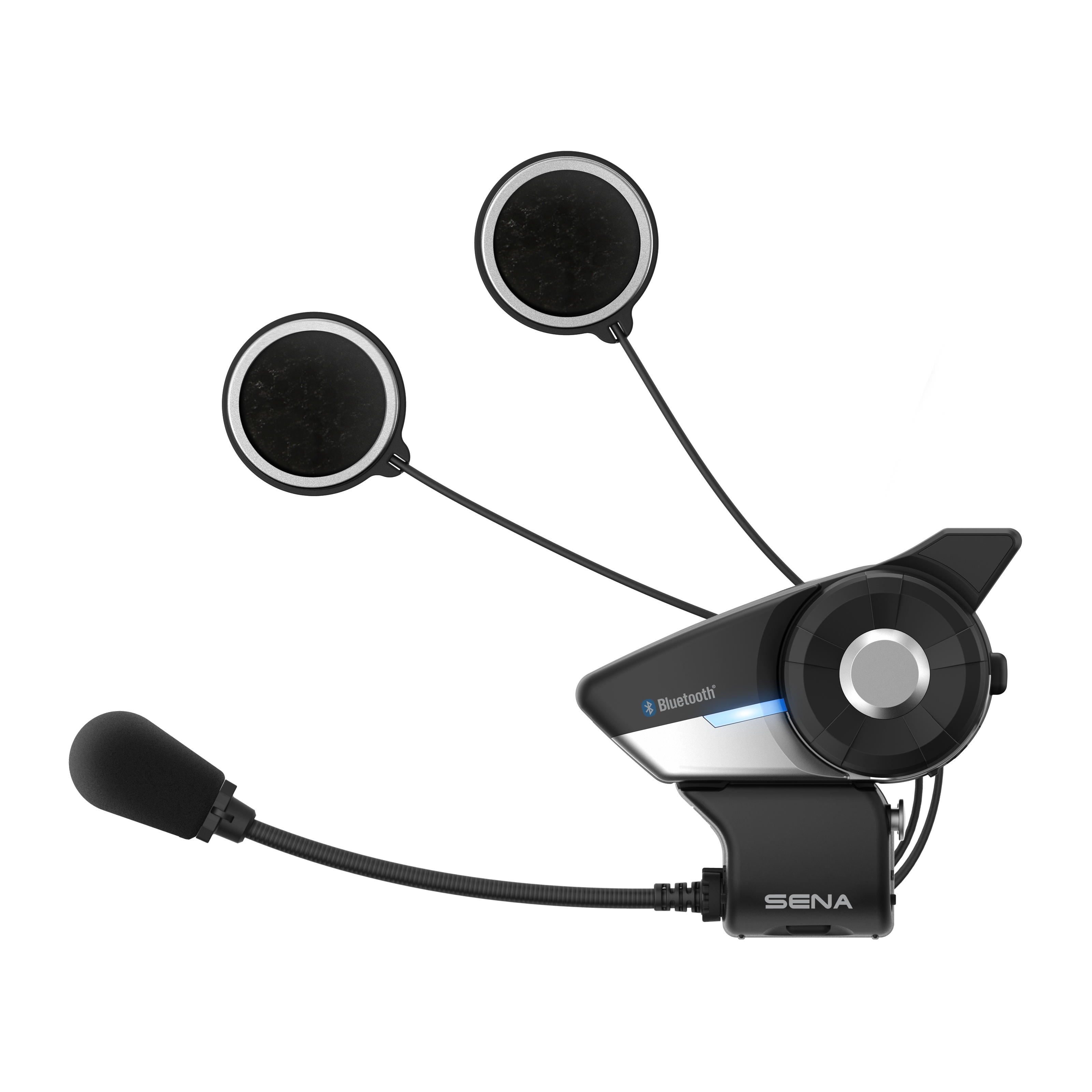


 Membership
Membership




